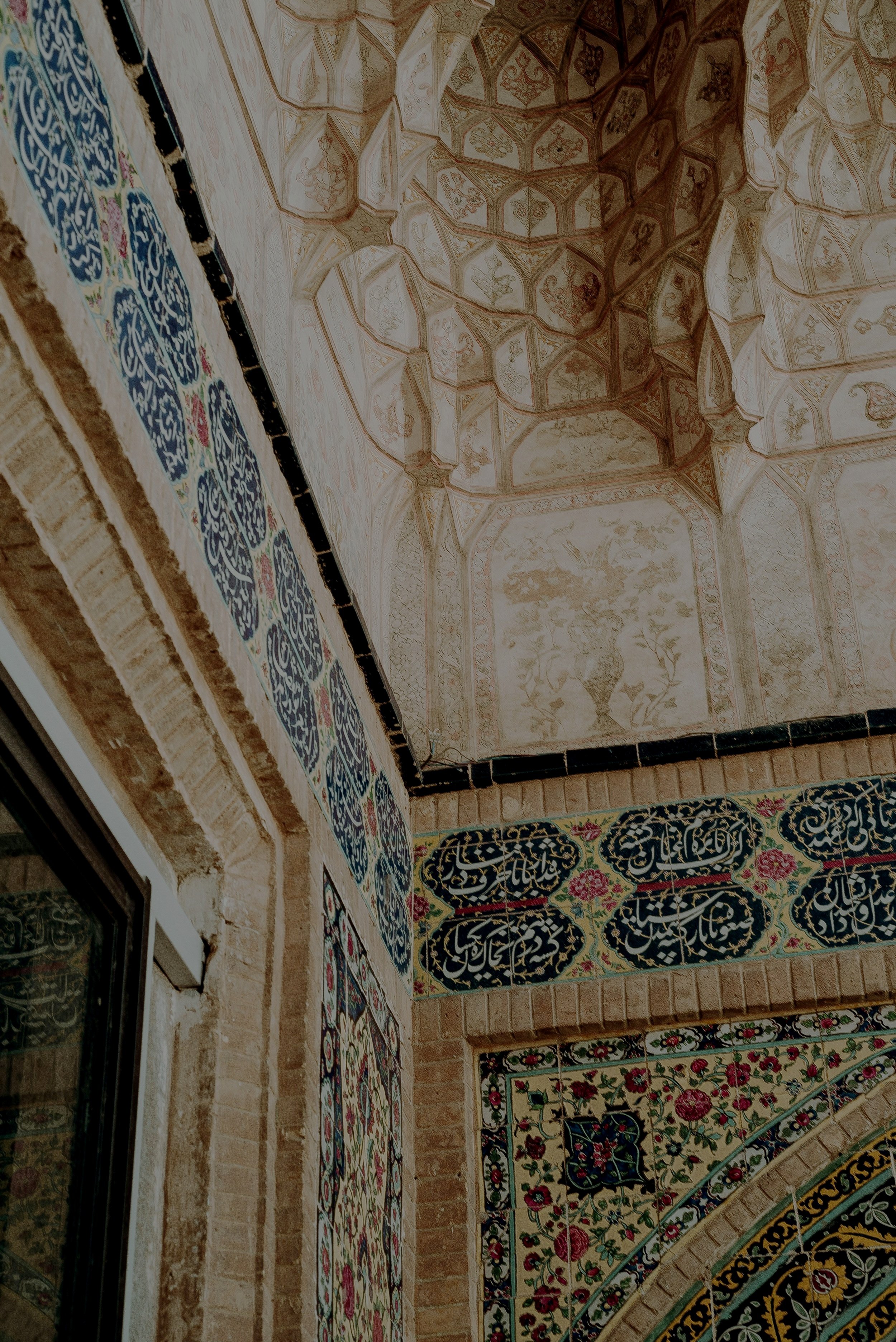
Blog
Explore our shorter articles, reviews and translations.
On Studying Classical Arabic: Learning a Dormant Language
One must understand the Arabic that was spoken in the time of the Quran to truly appreciate it, as modern and colloquial Arabic no longer suffice to grasp the Quran in its full brilliance. In this ongoing series, we will elucidate some of the pitfalls that students face when studying the Arabic language and offer some insights, suggestions, and solutions to make the journey easier, in shāʾ Allah.
'Night of Power'? Translating Laylah al-Qadr
While English is certainly not the first alien language that this terminology has encountered, it is one of the most widely spoken languages in recent history. This has given rise to a set of peculiar English words that are so commonly used by Muslims that perhaps they have never been given a second glance, such as “ablution” for wuḍūʿ, “circumambulation” for ṭawāf, or “Lord” for rabb. While some of these terms may be faithful to the lexical meaning of the word, some of these words deserve to be revisited to align the meaning closer to the understanding of Muslims of the past.
The Development of Tajwīd as a Science
The codification of the principles of recitation is intimately linked with the codification of the rules of the Arabic language in the early generations. Then it became an independent science with specialized books, taking on a new name—the science of tajwīd. The following is a survey of the development of the science of tajwīd and the history of authorship in it.
The Qahwa Chronicles
Coffee left an indelible mark on premodern Muslim societies, impacting their daily lives, gatherings, and even their poetry. In this post, we delve into a series of captivating moments in history, aptly named The Qahwah Chronicles.
The Sahāranpūrī Print of the Qurʾan
Mawlānā Aḥmad ʿAlī Sahāranpūrī’s (d. 1880) editorial and commentarial work on Ṣaḥīḥ al-Bukhārī has undoubtedly cemented his legacy in the annals of hadith scholarship. There is, however, another accomplishment of his that has drawn little attention: his impressive lithographic print of the Qurʾan. To be sure, Sahāranpūrī was not the first, let alone the only, scholar intent on printing the Qurʾan by utilizing the recently available print technology. The Qurʾan was first printed in his home country India in 1802, and subsequently, multiple editorial projects were carried out throughout the nineteenth century. What distinguished Sahāranpūrī’s project was his attention to the accurate orthography of the Qurʾan and the cadre of experts who reviewed his work.
A Biographical Sketch of Professor Muhammad Zubayr Siddiqi
Prior to their boom in recent decades, works of English hadith literature could be counted on one hand. Many of the authors of these works passed away within the decade, such as Zafar Ishaq Ansari (d. 2016),[1] Muṣṭafā al-Aʿẓamī (d. 2017), and Fuat Sezgin (d. 2018). One of the earliest and most accessible and informative primers of hadith studies in English is Hadith Literature: Its Origin, Development & Special Features by Professor Muhammad Zubayr Siddiqi published in 1961.[2] By Siddiqi’s own admission, when authoring his introduction to hadith, he knew of only one other introductory study in English: the British Orientalist Alfred Guillaume’s (d. 1965) The Traditions of Islam, but that too was from a Western critical perspective.[3]






